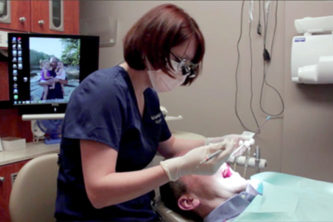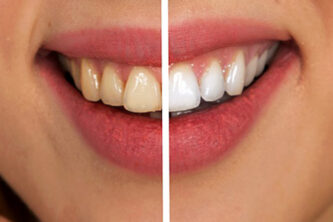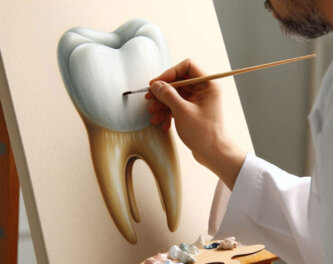Most general dental offices are in the business of restoring teeth. The reason for restoring a tooth is basic – the tooth has decay in it, sometimes around an existing (old) dental filling. Tooth decay will worsen in time, so it must be handled.
Tooth restorations are usually done by one of three methods – a filling (either amalgam or white composite), an onlay, or a crown. An amalgam filling is the least expensive, but also the least esthetic, option. The white composite filling is more expensive than amalgam, but is very natural looking. The gold or porcelain onlay and the gold or porcelain crown are fairly close in price and are the most expensive.
So when does a dental filling become a dental crown?
What is the dentist considering when he determines that a filling is not the correct solution to the decay problem?
The answer is simple – it is a judgment call. In dental school we were taught parameters, based on the width of the decay on the top surface of the tooth, to determine when an onlay or crown is needed. Additionally, years of experience suggest to me when decay in the tooth is too large to be handled with a filling.
What happens if I have too much tooth decay?
When a tooth which has too much decay is filled, the structure of the tooth is compromised. It becomes more likely to develop fractures, causing many problems, sometimes including root canal or extraction with the necessity of an implant.
Occasionally, the dentist will begin to fill a tooth, only to determine that the decay is too extensive and a crown is in order. While this can be upsetting to the patient, it can be blamed on the nature of radiography. Since the x-ray is a two dimensional view of the tooth, and the tooth is actually three dimensional, more extensive decay than expected is sometimes found.
In the future, I will discuss the differences between onlays and crowns and also the pros and cons of amalgam versus composite restorations. For now, however, be assured that when your doctor recommends a crown, it is not a cavalier decision based on his bottom line. It is an assessment of the current condition of the tooth, with an eye to the future.



